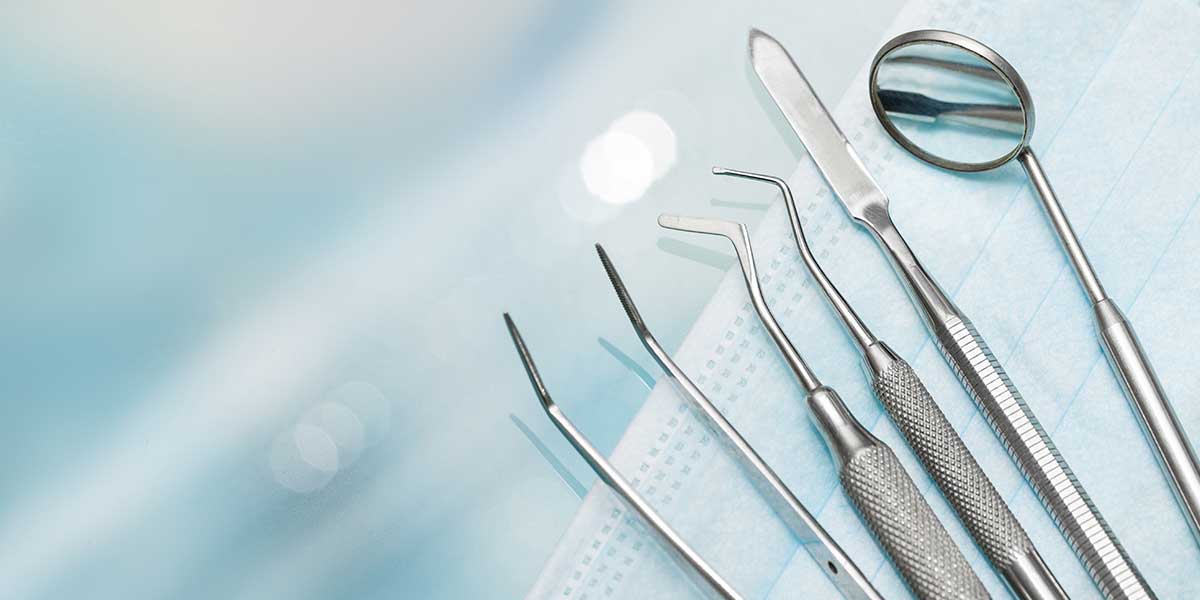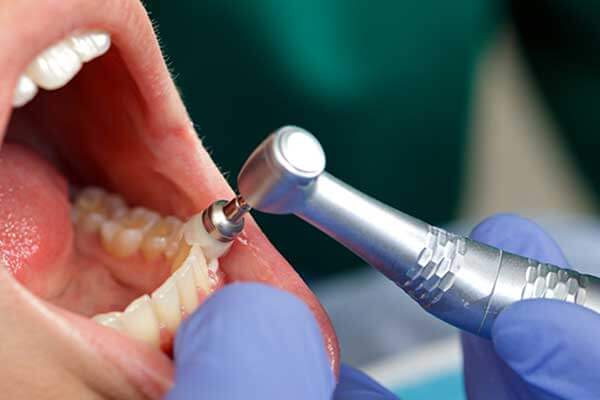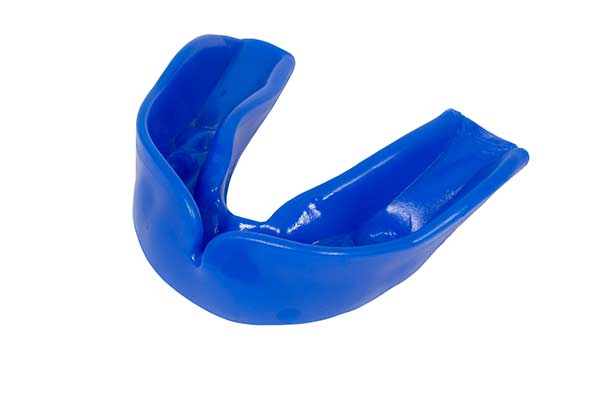General Dentistry

Comprehensive Evaluation / Oral Examination
An oral examination is a visual inspection of the mouth, head, and neck, performed to detect abnormalities. Radiographs allow for a more complete examination, helping the doctor to detect cavities, problems in existing dental restorations, gum and bone recession or other abnormal conditions within the mouth, head and neck area.
Digital X-Rays
X-rays are an important part of your dental care. They allow the dentist to see what isn’t visible with the naked eye. They can be used for both diagnostic and preventive purposes. We are proud to use Digital Radiography, which uses digital sensors rather than traditional X-ray film. Digital X-rays have several advantages. They are faster, offer clearer image quality with lower radiation and are better for the environment. The images we take will be instantly stored and ready to view, allowing the dentist to show you exactly what’s going on in your mouth.
Cleaning

A dental cleaning, also known as an oral prophylaxis, is the removal of dental plaque and tartar (calculus) from the teeth. Specialized instruments are used to gently remove these deposits without harming the teeth. First, an ultrasonic device that emits vibrations and is cooled by water is used to loosen larger pieces of tartar. Next, hand tools are used to manually remove smaller deposits and smooth the tooth surfaces. Once all the tooth surfaces have been cleaned of tartar and plaque, the teeth are polished.
Oral Cancer Screening
An oral cancer screening is an essential element of your complete checkup. The goal of this screening is to catch oral cancer early when there is a greater chance for a cure. Your screening will include a visual and physical exam of your face, lips, tongue, gums, throat and oral tissues. The dentist will look for any bumps, swellings, unusual patches of color, ulcerations or any other abnormalities.
Fluoride Application
Cavities are caused by acid-producing bacteria that live in plaque built up around your teeth and gums. Good oral hygiene including regular brushing, flossing and regular dental checkups help remove plaque and keep your teeth and mouth healthy. Another essential element of good oral health is fluoride, a mineral that helps prevent cavities and can even repair teeth in the very early stages of decay.
Fluoride can be found in certain foods and in most city water sources, as well as in topical sources like toothpastes and mouthwashes you can purchase in the drug store. In addition to these sources, we recommend in-office, professional, topical fluoride treatments, especially for children and patients who may be at a higher risk of developing cavities. The fluoride we use in our office is stronger than what you can purchase over the counter. The application is fast and painless. It will be in the form of a gel, foam or varnish, either painted onto your teeth or placed in a tray. We do recommend you wait at least 30 minutes after the treatment to eat or drink, allowing the fluoride time to absorb.
Sealants
Regular brushing, flossing and dental checkups are the best ways to keep teeth healthy and help prevent cavities, but even then, sometimes there are areas that are challenging to keep clean. Your back teeth (molars) have grooves and pits that are a trap for cavity-causing bacteria.
In order to keep these teeth clean and healthy, we recommend sealants, a thin, protective coating made from plastic or other dental materials that is painted over the chewing surface. They create a smoother surface, which is easier to keep clean and free of bacteria and decay. Sealants have been shown to reduce the risk of decay by nearly 80 percent in molars.
According to an October 2016 report from the CDC, "school-age children without sealants have almost three times more cavities than children with sealants." We recommend sealants on children’s teeth as soon as their permanent molars erupt.
The application of sealants is a fast and painless process. We will clean and dry the tooth and then paint on acidic gel, making it easier for the sealant to bond. After a few seconds, the gel will be rinsed and the tooth dried, followed by the painting on of the sealant. We will then use a special light to harden the sealant.
Custom Mouth Guards

Many sports require athletes to use a mouth guard to protect their teeth while practicing and playing. Frequently used in contact sports, the mouth guard covers the gums and teeth to provide protection for lips, gums, teeth, and arches. A properly fitted mouth guard can reduce the severity of dental injuries.
Root Canal Treatment
The root canal is a passage in the root of every tooth that supplies nerves and blood vessels to the pulp cavity within the tooth. Proper oral care and hygiene will help to keep the root canals in your mouth strong and functioning ideally; however, inadequate care or an injury in which part of a tooth is broken can result in a root canal infection. When this happens, the only way to preserve the affected tooth is through root canal therapy. In this procedure, the infected tissue in the tooth is carefully removed and replaced with an inert filling material. After undergoing root canal therapy, a patient usually receives a crown on his or her treated tooth to provide it with a natural appearance and restored structural integrity.
Root canal therapy helps to eliminate the pain and sensitivity brought on by an infected root canal. It also helps a person avoid the need for extensive treatment later on by preventing infected teeth from falling out. If you are experiencing pain or sensitivity in one or more of your teeth, contact us today to find out if this procedure is the answer to returning strength and health to your smile.
Halitosis Treatment
Chronic bad breath, also known as halitosis, cannot necessarily be treated by brushing your teeth and using mouthwash. Unlike the smell of a meal or “morning breath,” halitosis will linger and may be a sign of something more serious.
